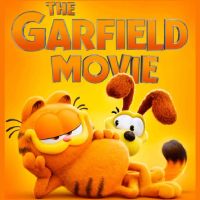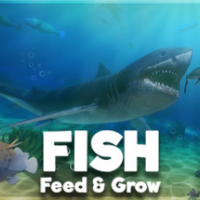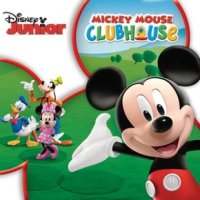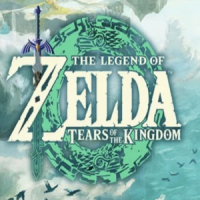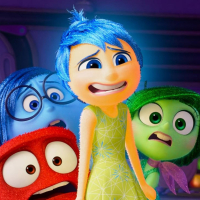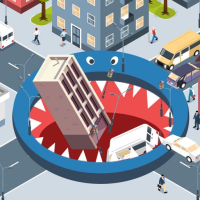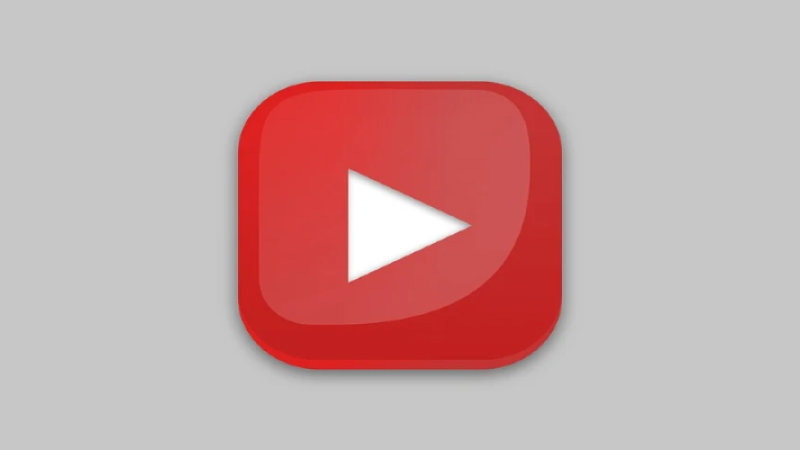
In a fresh and intriguing move, YouTube is dabbling with a feature that could transform the way we scroll through our feeds. Imagine opening your YouTube app and being greeted not just by the usual cascade of videos but by a wave of colors, each guiding you to a different mood or aesthetic experience. This is not a distant reality, as YouTube has begun testing color-coordinated video feeds, a concept that might seem whimsical at first but carries a deeper insight into user engagement and visual harmony.
The test, as reported, is a limited-run experiment accessible to a select group of users across Android and iOS platforms. Upon entering the app, some users are met with a prompt offering a novel way to navigate their viewing experience. They can now choose to filter their video feeds by color, selecting from red, blue, or green. This doesn't replace the traditional feed but adds a new layer, a colored lens through which content can be discovered and appreciated differently. It's a bold step, considering the visual-centric nature of our digital interactions today, and YouTube's foray into this territory is both exciting and uncharted.
The mechanics behind this feature are still somewhat veiled in mystery. It's unclear whether the color coordination is based solely on the dominant hue in video thumbnails or if it delves deeper, analyzing the content of the videos themselves. Regardless, it marks a departure from the norm, where algorithms prioritize content relevance or viewing history. This approach, focusing purely on aesthetic alignment, introduces a new dimension to content discovery that's less about what you watch and more about how it feels.
The impact of color on how consumers behave and perceive brands is thoroughly established, with businesses carefully selecting their color schemes to elicit particular feelings or principles. Instagram feeds of fashion and beauty brands, for example, showcase the power of color harmony in creating a visually appealing and cohesive brand story. YouTube's exploration of color filtering taps into this same vein, suggesting a recognition of color's potent role in shaping user experience and engagement.
In conclusion, YouTube's color-coordinated video feeds test is a fascinating glimpse into the future possibilities of digital content curation. While it's still early days, and the feature may or may not roll out broadly, it underscores a growing awareness of the aesthetic dimensions of our online environments. For users, it offers a refreshing and visually stimulating way to explore content, potentially deepening engagement through an appeal to our sense of beauty and harmony. For YouTube, it represents a bold experiment in enhancing user experience, one that acknowledges the profound impact of color on our digital lives. As we await further developments, one thing is clear: the future of content discovery on YouTube might just be a bit more colorful.
